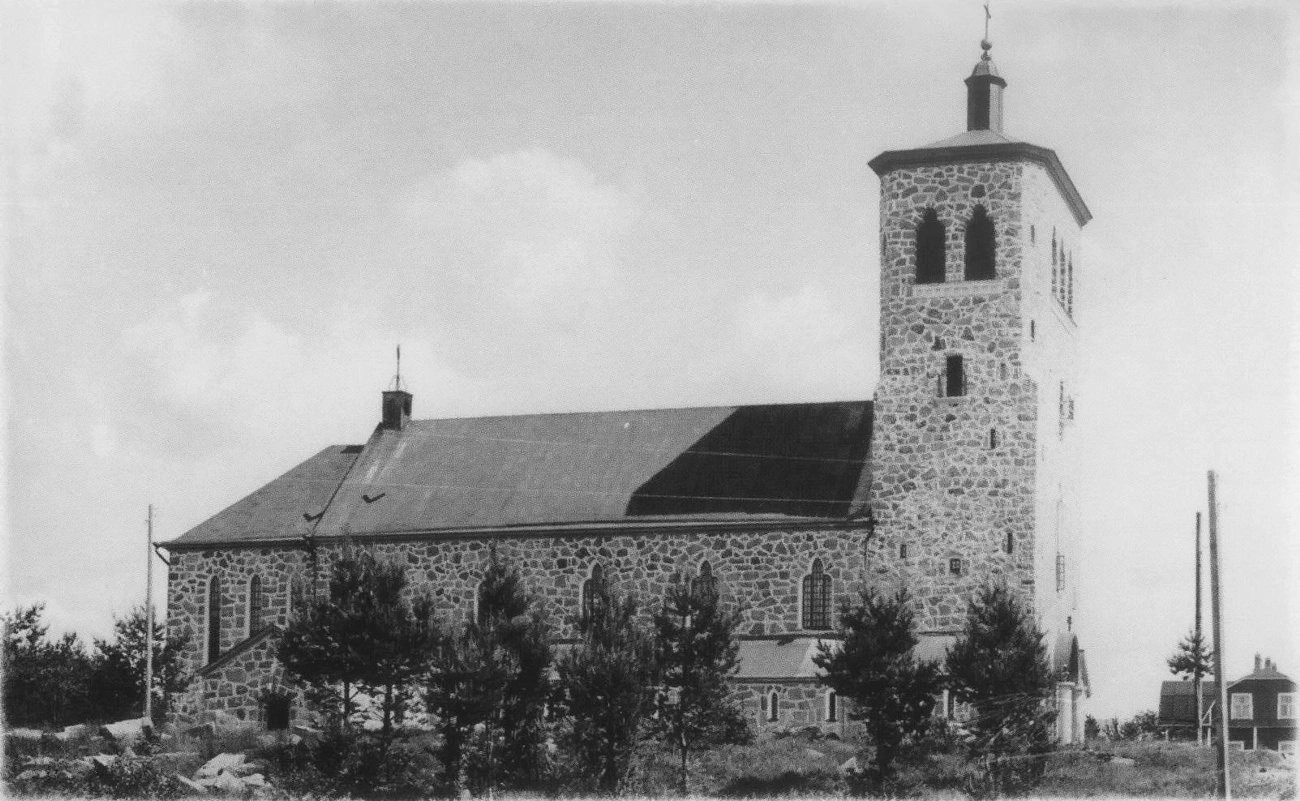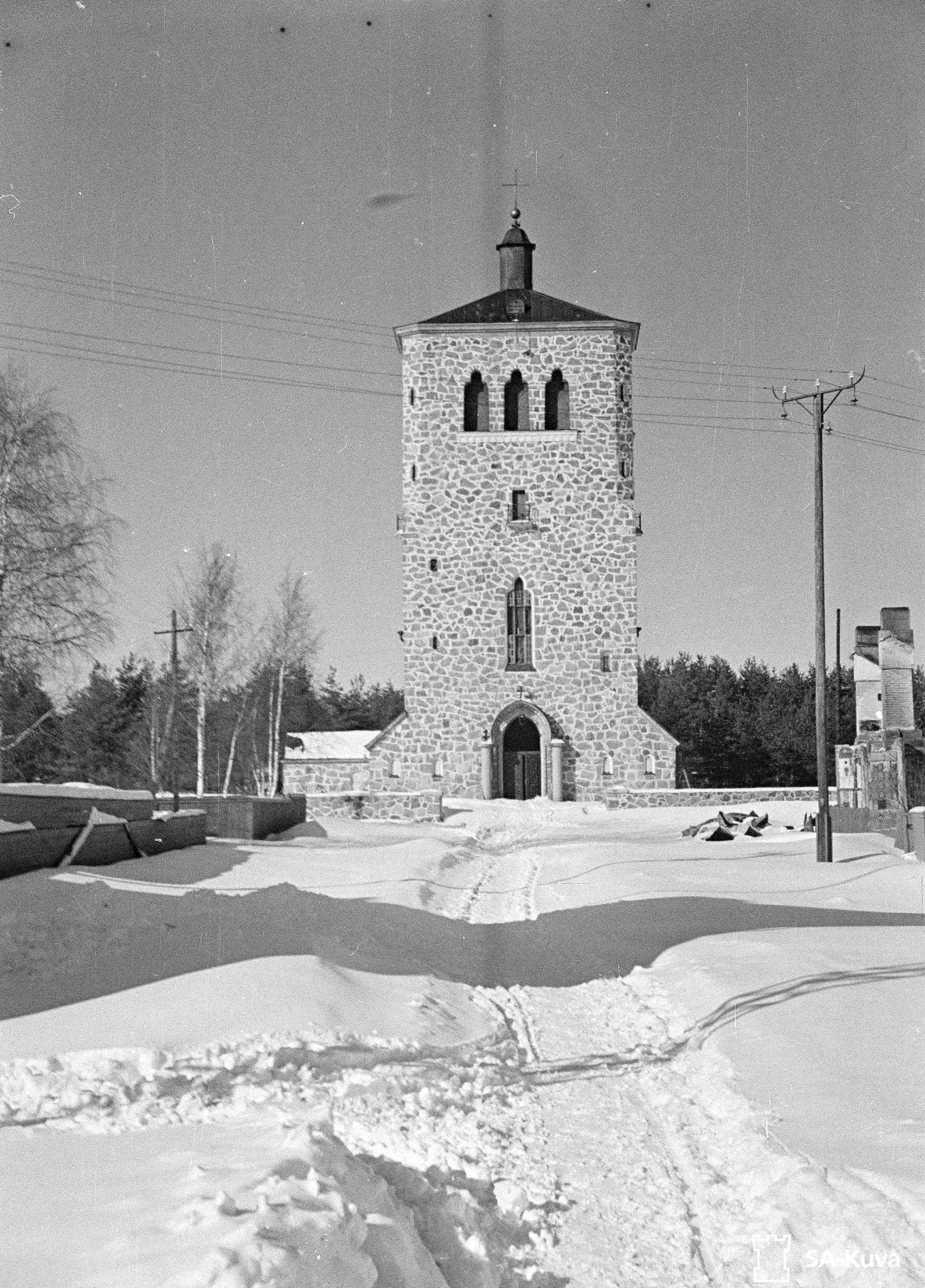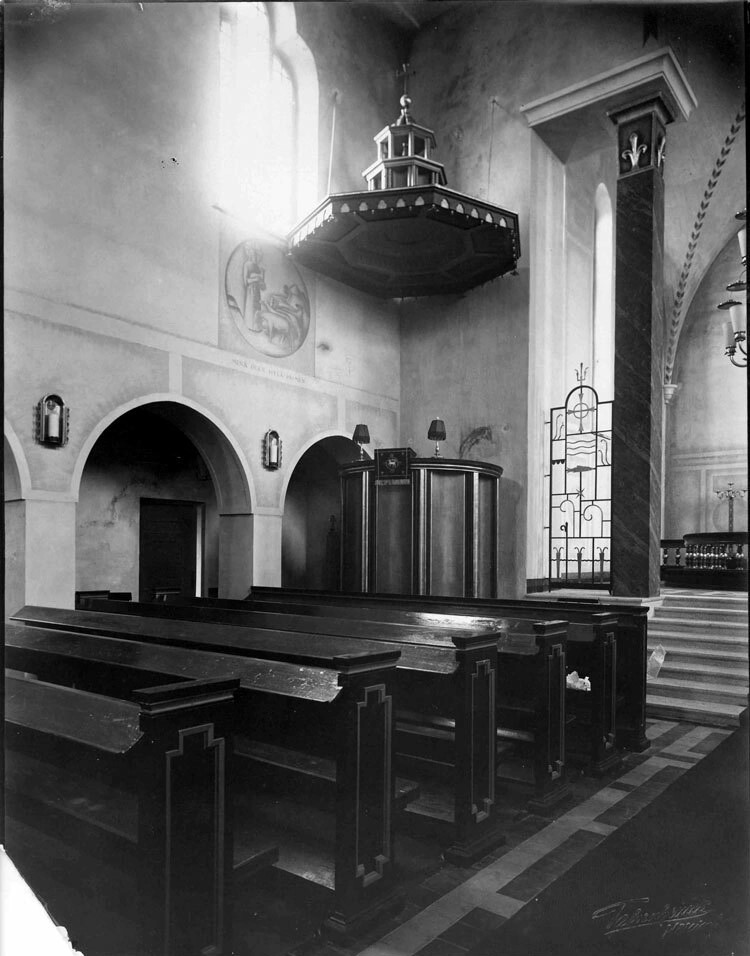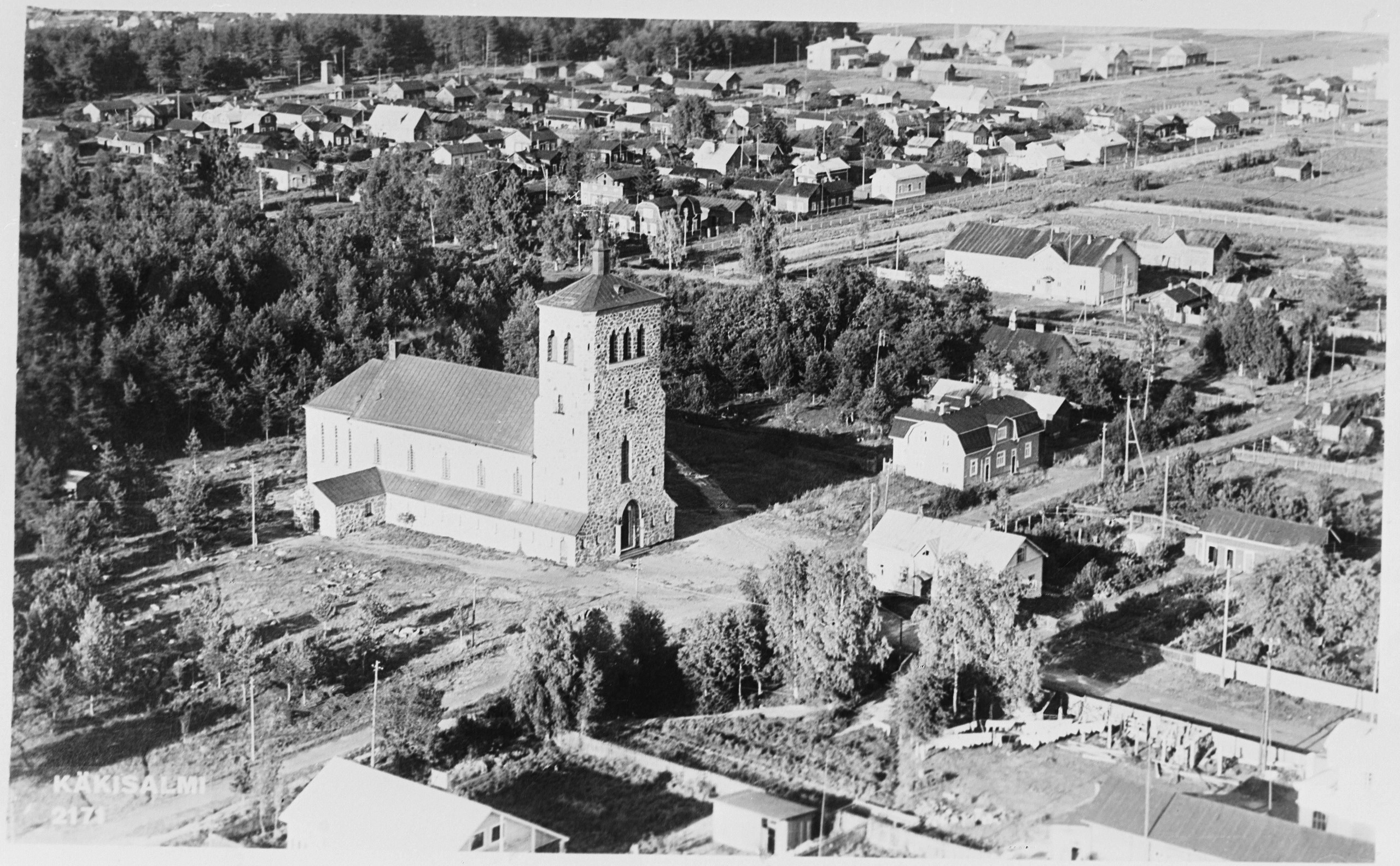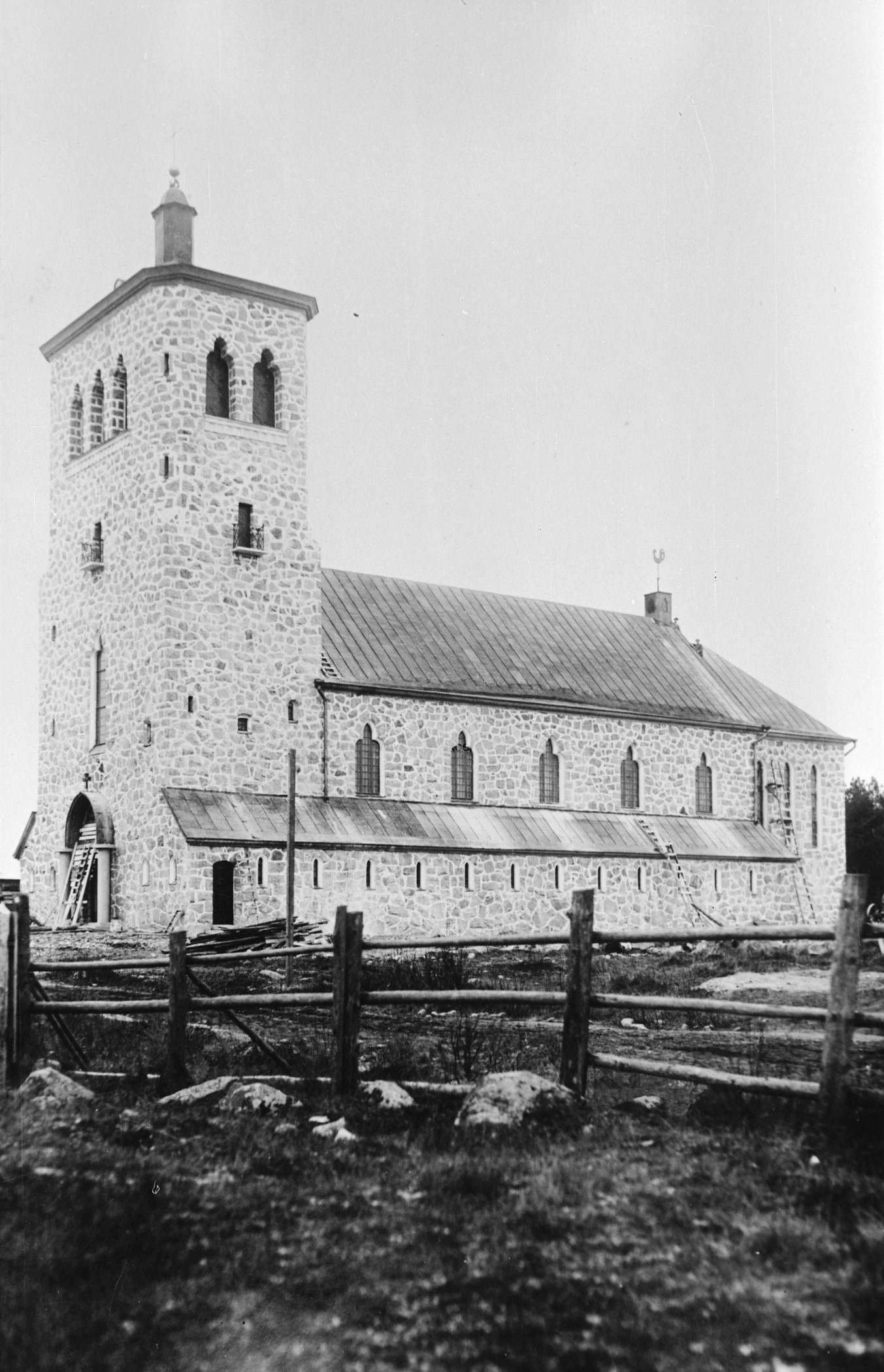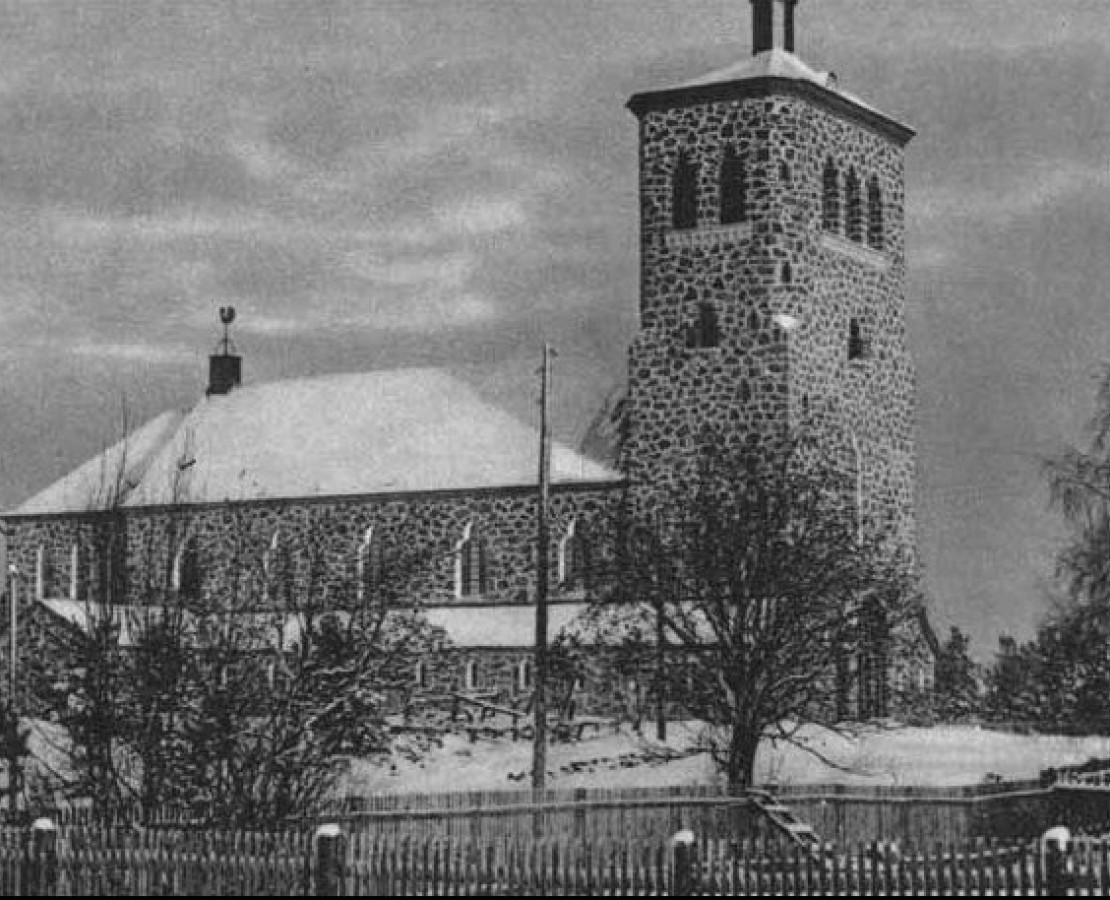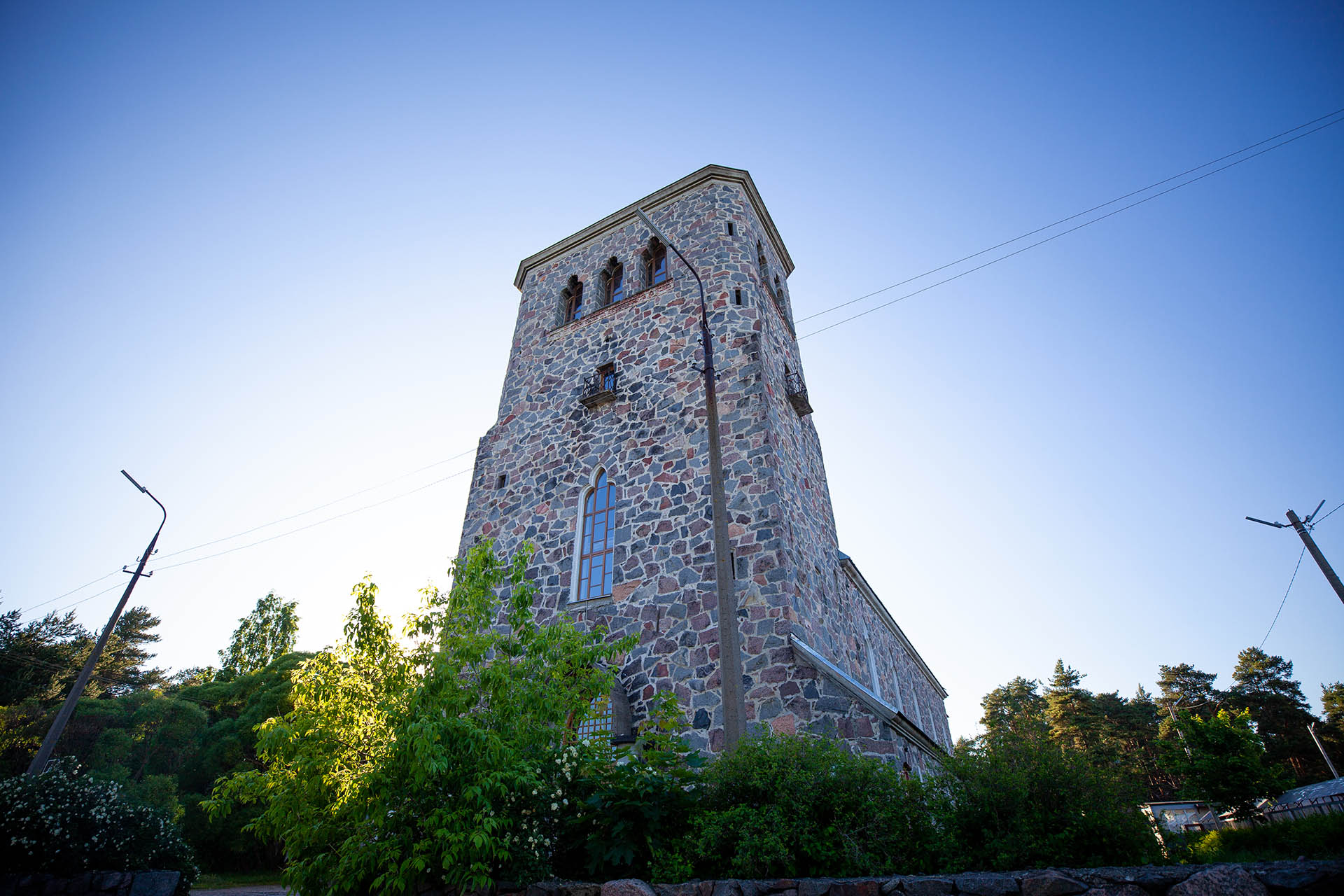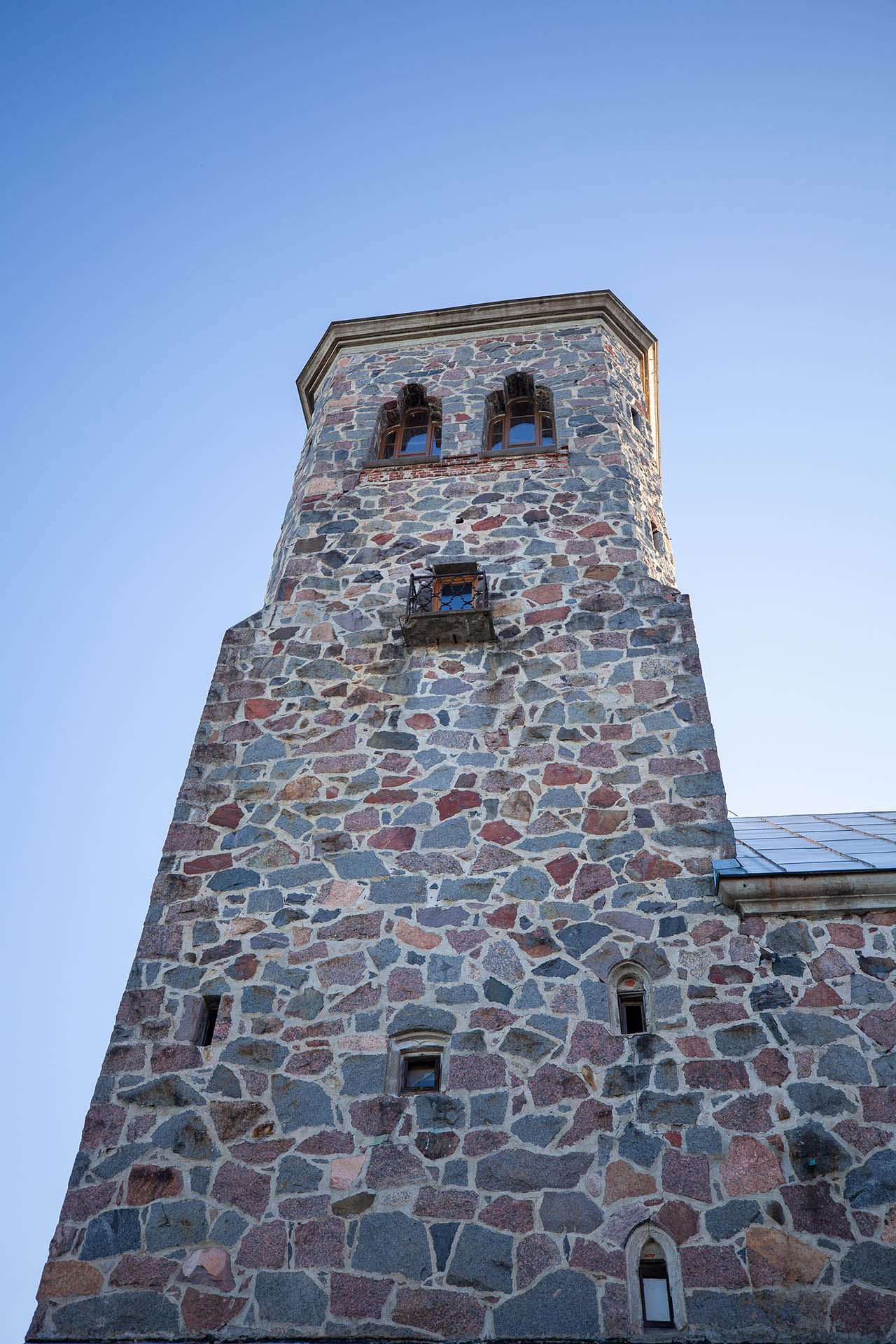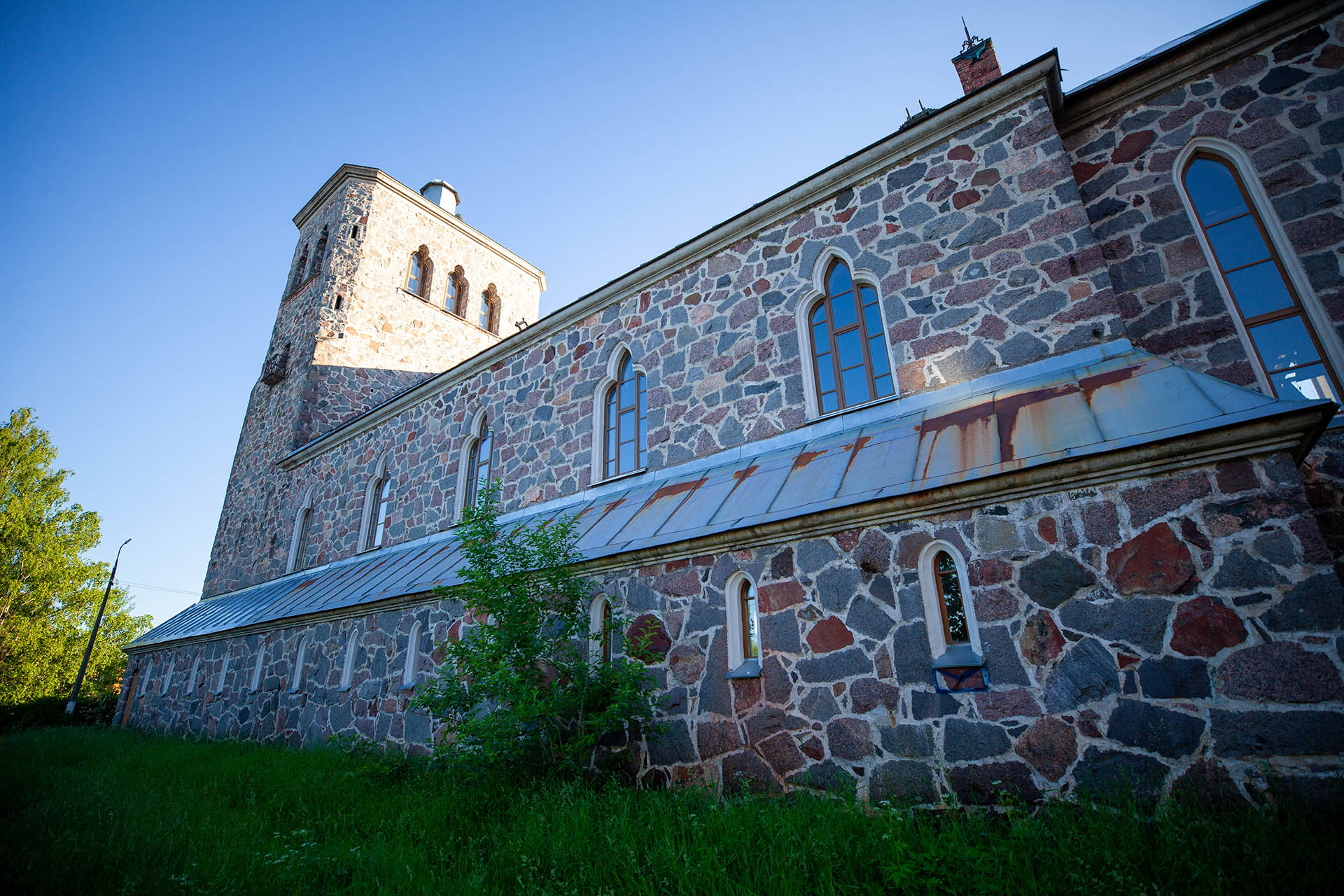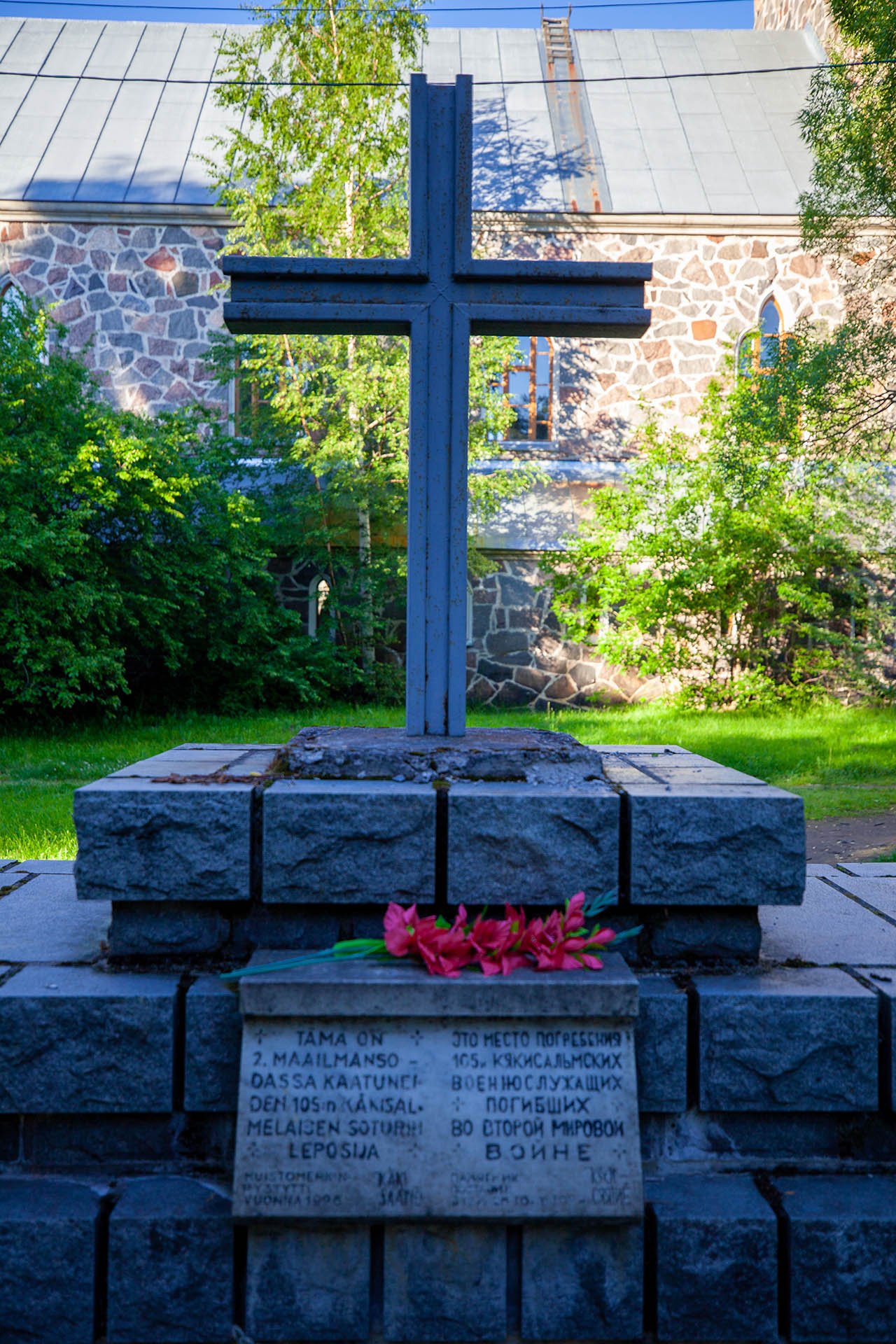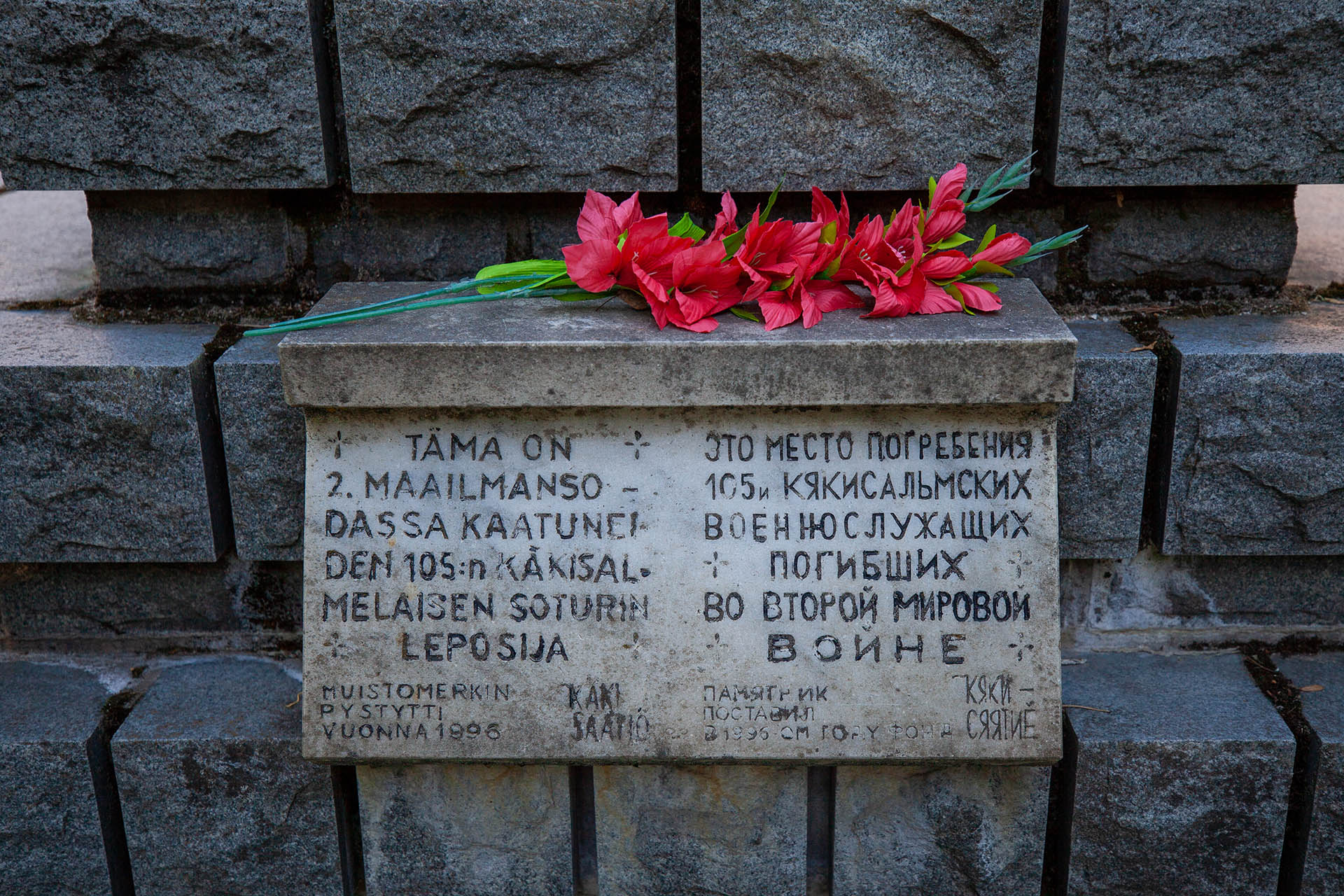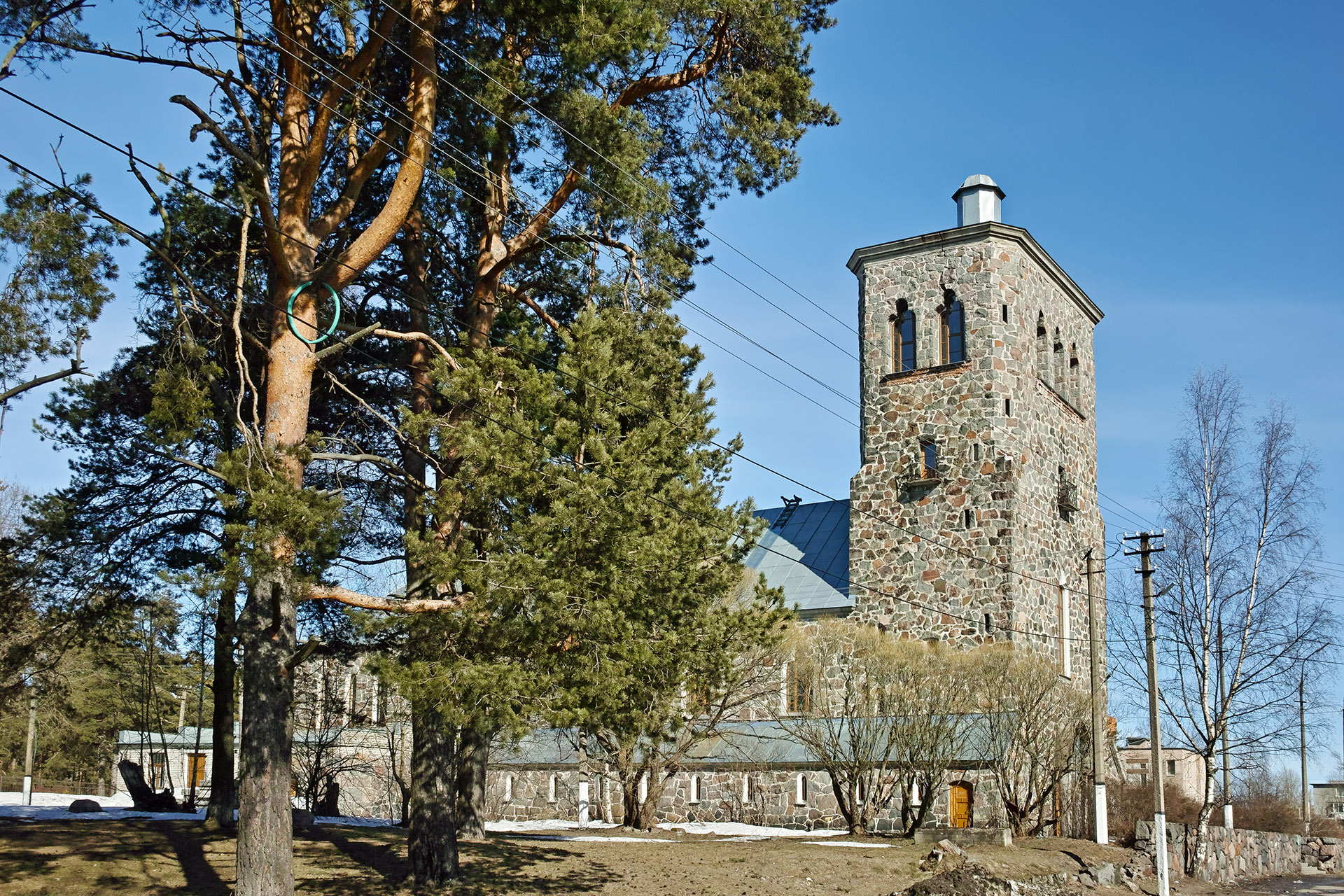History:
Over the long history of the city of Priozersk, many different churches were built here in different periods, but parishioners would still lack seats in their parishes. In 1759, a church was erected in Kexholm, as the city was called at that time. The author of the project was architect Tuomas Suikkanen, The church was consecrated in the name of St. Andrew. However, this building could not accommodate everyone, especially on major church holidays. In 1904, it was decided to build a new, more spacious church.
In 1928, the parish commissioned the design of a church from a famous Finnish architect, one of the founders of Finnish national Romanticism, Armas Lindgren. The church in Käkisalmi (modern Priozersk) was Lindgren's last creation. The outer walls of the church were lined with solid stones from local reddish granite. According to the concept, the church and the ancient Kexholm fortress were supposed to visually overlap.
On December 14, 1930, Bishop of Vyborg and Doctor of Theology, Erkki Kaila, consecrated the new church. In 1937, a new 36-register organ which featured a special percussive sound was installed in the church. The Crucifixion altarpiece by Berndt Godenhjelm and a beautiful 1870s candelabra were transferred from the dilapidated church of 1759. 2 bells of Russian and German production were raised to the bell tower of the new church. The church also had heating.
In 1940, during the Soviet bombing, the church building was seriously damaged: one of the bombs, breaking through the roof and ceilings, exploded on the floor and scattered the benches. When the territories became part of the USSR, the church building was transferred to the jurisdiction of the Secret Police (NKVD).
The Finns who returned in 1941 set about restoring the church. However, in 1944 the city had to be abandoned, as it was occupied by Soviet troops. In 1945, the church was transferred to organize a House of Culture in it. The building was repaired, and all traces of religious affiliation were removed, including the massive granite cross mounted on the tower.
In 1987, the House of Culture was transformed into a Youth Leisure Center. Later, slot machines, a bar and a disco appeared in the building.

